Microsoft's Xbox 360 goes 65nm: Falcon Dissection and Power Consumption
by Anand Lal Shimpi on November 15, 2007 11:55 PM EST- Posted in
- Smartphones
- Mobile
Identifying a 65nm Xbox 360
Not too long ago, a Xbox 360 owner posted about receiving a new console from Amazon.com with a pair of revised heatsinks on the CPU and GPU. The CPU heatsink in particular no long featured a heatpipe, something that had been present since the launch of the console, indicating that possibly the triple-core CPU had been manufactured on a cooler running 65nm process. The GPU heatsink remained unchanged from the first cooling update to the 360. Rough power numbers were eventually posted, showing a definite decrease in power consumption.
Insider sources referred to this new Xbox 360 by the codename Falcon, replacing the Zephyr Xbox 360 that launched with the Elite edition systems.
Eventually, thanks to the hard work of many Xbox forum members, a general system for determining whether a console used the new 65nm CPU was created. Thankfully, most of the indicators can be found on the outside of the Xbox 360 box without even opening it.
The first thing to look for is the Lot number, which is printed on a label on the side of the box. The first reported Falcon Xbox 360 was a Halo 3 Special Edition console, and for those consoles you needed to have a Lot number of 734 or greater (and a build date later than 8/24/07).


To check the manufacture date, flip up the serial number flap on the box and look up - the build date is listed above the serial number on the console itself, which is visible without opening the box.

The new Xbox 360 Premium consoles (the consoles with free copies of Forza 2 and Marvel Ultimate Alliance in the box) eventually started shipping with Falcon hardware, but these things needed to be in Lot 738 or greater. There are mixed results with lower lot numbers, but the newer the console, the greater your chances of getting a Falcon.
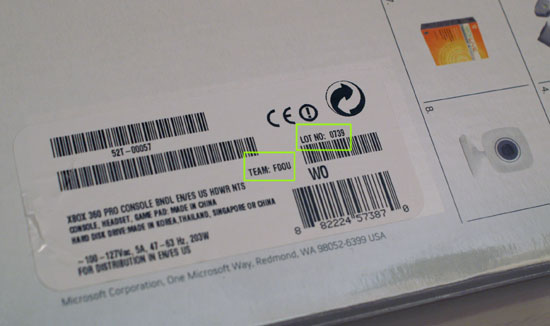
The next thing you'll want to confirm is the team, also located on the same sticker as the lot number. Team FDOU appears to be the most popularly associated with Falcons, at least in North America.
Once you get the Xbox 360 out of the packaging, there are two more tests to figure out whether or not you've got a falcon - both of which can be done without opening the Xbox itself. All you'll need here is a flashlight.
Stand the Xbox 360 on its side (hard drive side down) and shine the flashlight in through the holes in the grey plastic. What you're looking for is the side of the CPU heatsink. The older, non-falcon, Xbox 360s had a heatpipe running through the CPU's heatsink - if you see a copper heatpipe then you've got an older console. If, however, you see no copper heatpipe then you've got one with the new CPU heatsink, potentially a falcon.
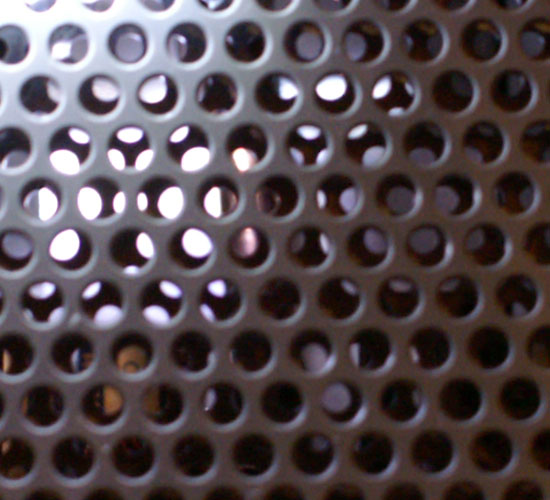
Click to See Full Image - See the reflection of the copper heatpipe? This is an older Xbox 360

This blurry shot shows what you'll see when you look through those holes of an older Xbox 360

A new Xbox 360, what you're staring at is the CPU heatsink - note the lack of any copper heatpipe - 65nm here we come!
The final test is, once more, a flashlight test. This time, instead of looking for the copper heatpipe you're counting the number of inductors on the motherboard near the edge you're peering in. Three green inductors means you've got an older motherboard, two means you've got a new Falcon board.
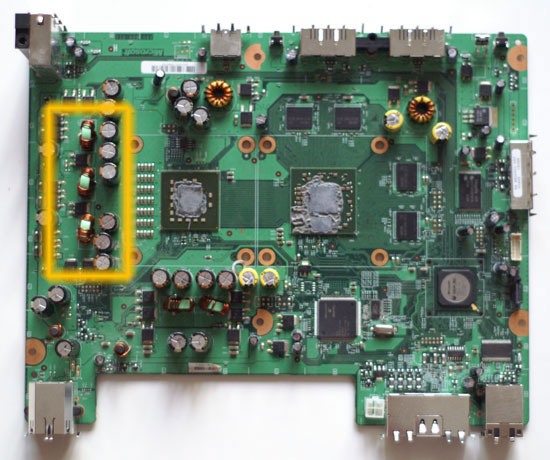
This is an original Xbox 360 motherboard, those three green inductors on the left are visible from the outside if you've got a good flash light and a keen eye
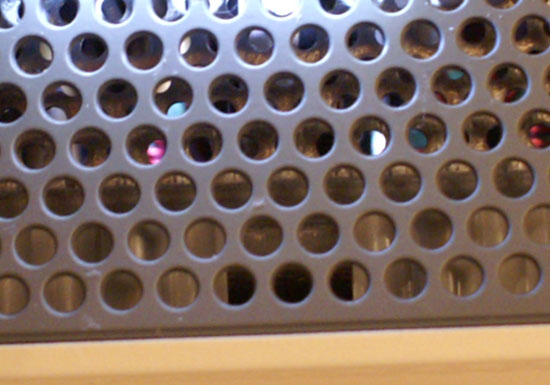
Click to see Full Image - On the left you can see the first inductor, on the right you can see the reflection of the second inductor on this original Xbox 360
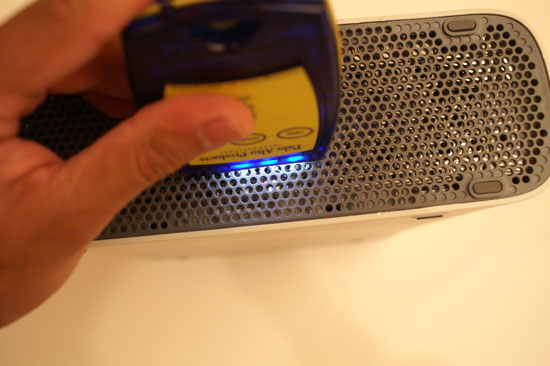
Click to see Full Image - Here's the location of the third inductor on a 90nm Xbox 360 console, the front of the console is on the left

A Falcon motherboard only has two inductors on the left










46 Comments
View All Comments
Deusfaux - Friday, November 16, 2007 - link
that the GPU isn't yet, and that a platform with both @ 65nm is still coming down the pipe, expected next year and has the codename of "Jasper"Where do I get this information? Oh, I dunno...
http://www.dailytech.com/article.aspx?newsid=9248">http://www.dailytech.com/article.aspx?newsid=9248
zephyrprime - Sunday, November 18, 2007 - link
It doesn't matter what MS says. Anandtech has physically measured the dies and thus has hard evidence that what MS says is false. What's more, given the die size of the parts, it seems like the Falcon is actually a shrink to 80nm for both processor and GPU, not a shrink to 65nm for the CPU as MS has stated.j00k - Friday, November 16, 2007 - link
i wonder why it takes MSFT so long to make the move in die shrink. CPU's already been in 65nm for quite awhile. By the time they transition to 65nm for gpu next year, everyone would have been on 45nm. im sure the technology's there already but what's the holdup?Deusfaux - Friday, November 16, 2007 - link
ok so MSFT didnt say it but stillj00k - Friday, November 16, 2007 - link
The new xbox 360 mobo also appears to have some solid capacitors, which the old didn't seem to have any at all. I'm surprised that wasn't pointed out as I'm sure it should help quite a bit in keeping the system stable even at high temps. It's certainly a huge deal in the desktop mobo arena.sprockkets - Friday, November 16, 2007 - link
wonder why they did that, seeing as how they do not need to last long anyhow. Well, as long as the other caps were rubycon or japanese, that is ok. Wonder what the cost diff is between them and solid caps?I like the last graph that the consoles use only 2.3 watts and 2.8 watts during the game.
slashbinslashbash - Friday, November 16, 2007 - link
Good to see someone scientifically documenting the differences. I had read before that Falcon had only reduced the GPU size, not CPU. Good to hear that it's both.... I guess I'll probably bite the bullet and finally buy an Xbox 360 this holiday season.yacoub - Thursday, November 22, 2007 - link
well the article doesn't really answer the important questions, like whether or not the GPU and CPU run cooler, so not sure why you find the conclusion that the hardware has changed enough reason to buy when we don't know if the changes actually make a bit of difference toward addressing the pressing issue of RRODs.Orbs - Friday, November 16, 2007 - link
What about heat? Can you put a thermometer through the "flashlight holes" in the case to see if temps improved too? Die shrinks should help but the less intense heatsink may offset that.In terms of the RRoD question, if the cause was heat (which is not confirmed) a test like that would help show if this will in fact increase reliability.
Jopopsy - Friday, November 16, 2007 - link
Yes Anand, please post some information about the heat coming off the Zephyr and Falcon PCs !!! Most of us, from a practical perspective, don't really care so much about the die size as much as we care about the heat (as the heat has been tied to RROD).I for one bought a Elite 4 days ago. It was not a Falcon. It had a LG/Hitachi drive in it and it was definitely a Zephyr board. It was too loud for my tastes, and it was H O T ! ! !. It felt like a blow dryer out the back of the unit and my table was actually hot to the touch right behind my system.
Went back to the store, found a Falcon (Premium 360 HDMI Holiday bundle LOT 739 Team FDOU - components verified w/ flashlight inspection). It has a Toshiba drive in it, and after 2 hours of Halo 3 it was only warm out the back (remarkable differance).
I have some confidance that this Xbox might last (if it RRODs on me anytime soon I'm getting a PS3).